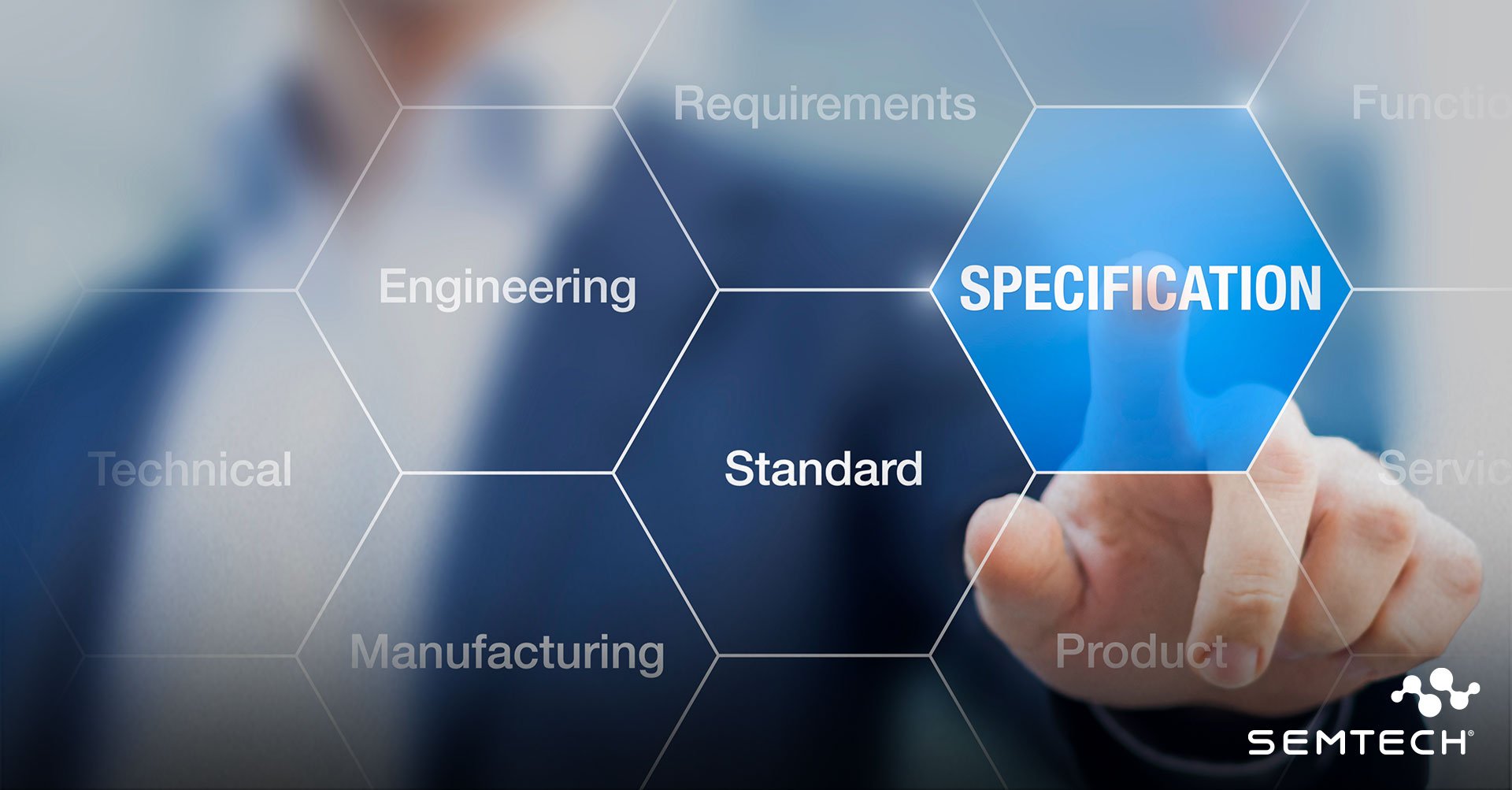11 July 2023
LoRa, LoRa Developers, Wireless RF, Internet of Things, LoRaWAN

Related Blogs:
Sign up for blog updates
Get innovation delivered to your inbox. Sign up for our blog and stay on top of the very latest from Semtech.
11 July 2023
LoRa, LoRa Developers, Wireless RF, Internet of Things, LoRaWAN

The LoRaWAN® 1.0.4 Specification in Depth For End Device Developers course is designed to provide a comprehensive understanding of the LoRaWAN 1.0.4 specification, crucial for efficient LoRaWAN implementation and end device development. The course is divided into six chapters, or books, each focusing on a specific aspect of LoRaWAN implementation.
This book covers the rules and best practices for activating end devices in a LoRaWAN network. It explains the two activation methods: over-the-air activation (OTAA) and activation by personalization (ABP). The book emphasizes the security aspects of OTAA and encourages its implementation unless there are specific reasons to choose ABP.
In this book, participants learn about sending uplink messages from end devices to the network server. It explains the different types of uplink messages, including application data and MAC commands. The book also covers the essential bit fields included in uplink messages for confirmation, additional data, and adaptive data rate (ADR) management.
This book focuses on the reception of downlink messages by end devices. Participants learn about the types of downlinks, such as MAC commands and application-specific settings. It explains the process of receiving downlink messages in Class A mode and introduces Class B mode, which allows for additional downlink reception at specific time slots.
Participants dive into the implementation of adaptive data rate (ADR) in LoRaWAN devices. The book discusses the concept of ADR, highlighting its benefits for battery life and network efficiency, and the parameters and configuration options associated with ADR in the context of LoRaWAN 1.0.4 Specification.
This book explores the usage of Class B mode in end devices. It explains how Class B mode enables continuous downlink reception by employing beacons and ping slots. The book provides guidelines for configuring end devices for Class B operation, maximizing the chances of receiving downlinks while maintaining reasonable battery life.
The final book delves into Class C mode, where end devices continuously listen for downlinks except during Class A uplink transmissions. It discusses the scenarios that necessitate immediate downlink reception and the considerations for implementing Class C mode, including power requirements and battery life.
Overall, the LoRaWAN 1.0.4 Specification in Depth For End Device Developers course provides developers with an in-depth understanding of the LoRaWAN 1.0.4 specification. It equips them with the knowledge and best practices necessary to develop LoRaWAN end devices, validate existing implementations, and optimize communication between end devices and the LoRaWAN network server.
Enroll in it today at the Semtech Learning Center...it’s free!
Semtech®, the Semtech logo, LoRa®, and LoRaWAN® are registered trademarks or service marks of Semtech Corporation or its affiliates. Other product or service names mentioned herein may be the trademarks of their respective owners.
Get innovation delivered to your inbox. Sign up for our blog and stay on top of the very latest from Semtech.